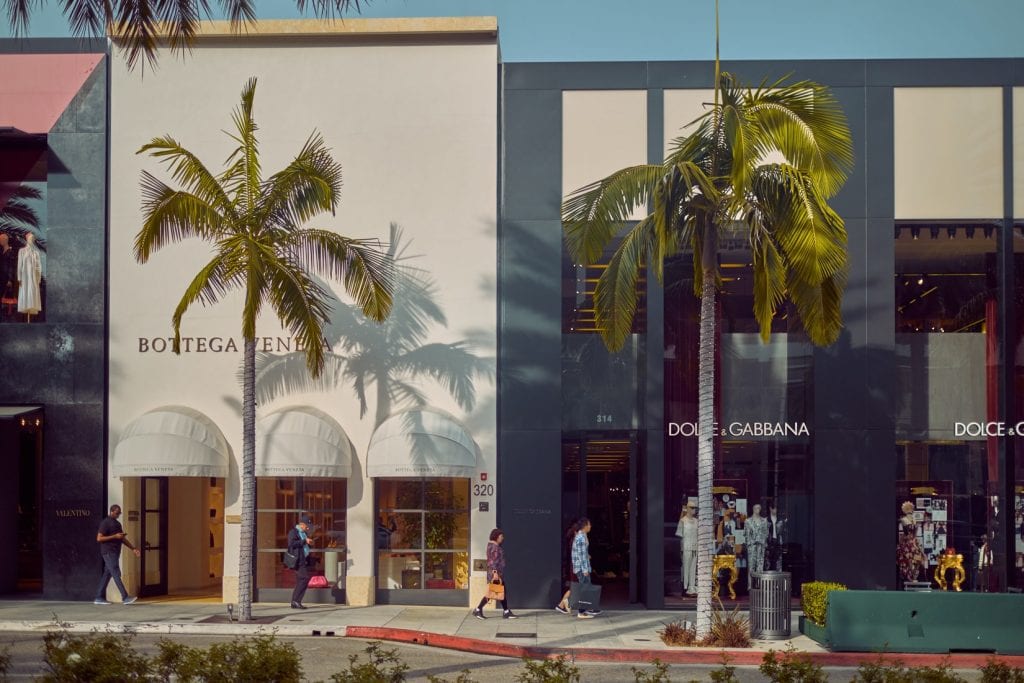Consumer behavior is changing dramatically in the face of COVID-19. While the immediate response to COVID-19 seems all-consuming, there is value in thinking of the pandemic in phases. There is what we must do “now” to manage business continuity, what we must do “next” to prepare for the new normal and the need to accelerate digital transformation, and what we must do “beyond” COVID-19 to be in a position to create value for the longer term. China’s recovery provides a critical lesson: you need all three tracks of strategy under way to be prepared for each time horizon. Because if you do not work in parallel, there is a risk of being left behind.
The problem? Reimagining your customer strategy is challenging enough when consumer behavior is stable and predictable; it’s exponentially more difficult when the way we live, eat, and shop is changing rapidly and radically. So, what do we know? The EY Future Consumer Index finds four segments emerging:
– 35 percent of people are in what we call “save and stockpile,” worried about their families and pessimistic about COVID-19’s long-term effects;
– 27 percent have “cut deep,” reducing spending across all categories;
– 26 percent are “stay calm, carry on,” with largely unchanged spending habits; and
– 11 percent are “hibernate and spend,” best positioned to cope, optimistic about the future, and spending more.
These are some of the immediate changes. But we know the pandemic is also causing a reassessment of values, habits and consumption patterns, and many of these won’t reverse. While the EY Index finds a majority of consumers expect spending to be the same or more after the COVID-19 crisis (31 percent expect spending to be unchanged, 25 percent plan to spend more in areas important to them, and 9 percent intend to spend more across the board), more than a third plan to spend less – and 13 percent of all consumers plan to make deep cuts.
Add to this mix a host of other changes – from the rise in individuals working from home to accelerating e-commerce and shifting attitudes to digital privacy – and the priority is clear. Leaders need to quickly re-think digital transformation agendas to ensure they position their brands correctly, build foundations for lasting relationships with consumers, and use data and technology to help them understand the new levers for continuous and dynamic optimization. Even though the duration of the pandemic is uncertain, smart companies will manage the challenges around their customers today, while setting themselves up for rapid stabilization and customer growth in the future.
Inorder stay relevant, companies need to act now and set up a growth strategy focused on what they should do now, next and beyond COVID-19 to reframe their future around evolving consumer behaviors. The following are key considerations …
Customer engagement
Companies need to take a disciplined approach to consumer segmentation, lead generation and nurturing. An experience like COVID-19 exposes extremes in socio-economic, experiential, and environmental conditions by geography and consumer segments. How well do you understand your customers across these dimensions? The EY Index shows a third of consumers plan to reappraise the things they value most and not take certain things for granted. Do you know what those “things” are? It is more critical than ever to be able to segment customers using first- and third-party data and use specific personas to listen to their needs, implement precise customer engagement strategies, and deploy personalization tactics.
Barely a month ago, companies were reaping the ongoing gains of a decade of economic growth. Today? Luxury-goods group LVMH Moët Hennessy Louis Vuitton, for instance, has redeployed it perfume plants to make hand sanitizer, fashion labels are sewing face masks, and everyone from Nike to SAP and Adobe has mobilized around new messaging embracing empathy and transparency.
Some 62 percent of consumers say they’re more likely to buy products from companies they feel are doing good for society – and 29 percent are prepared to pay a premium for brands that contribute to the community. COVID-19 is a reminder of how quickly the ground can shift beneath your feet, and it demands equally rapid and agile capabilities in messaging to customers and employees. This not only helps avoid reputational damage, but keeps pace with the rapidly evolving expectations of consumers themselves. They expect action from updated company websites to changed commercial messaging across channels.
Avoiding being caught flat-footed requires an agile approach to creative across any and all channels to mitigate brand risk: from external media to social, public relations, communications, digital and investor relations.
Growth drivers
It is easy to forget that, despite rapid annual growth in e-commerce year after year, online sales still comprised only around 12 percent of the United States retail sector at the end of 2019. COVID-19 may dramatically shift that balance, both in the US and globally. Social distancing has required retailers to close and limited consumer movement, leaving e-commerce as the only viable sales option for many business-to-consumer brands. Fitness companies have shifted en masse to a new model, for example, virtualizing their class experiences in an attempt to transition memberships and services to mobile and over-the-top experiences.
The dramatic pace of consumer adoption and sudden effort to create or accelerate direct-to-consumer sales has exposed significant operational stresses, such as dealing with third-party digital commerce partners, which offer less data and control of the customer experience. Business-to-business brands have also quickly moved to remote sales calls via new technologies, forging the path to higher margins and more self-service integration.
Customer experience
Brands need to prioritize digital journeys and new ways to engage and experience. With the extreme nature of the pandemic, companies accelerated the move to digital-first or digital-only customer journeys. You now have a mandate to accelerate those efforts and lean into experiences offering more data to drive optimization of outcomes. Particularly as the economic recovery may not be swift, this may be an opportunity for both growth and cost reduction.
Virtualized service
Health and safety concerns limited on-the-ground workforce, call-center capacity, and customer operations. New protocols and capabilities were established for technicians and field operations, while the use of virtual service calls and self-service kits accelerated. For example, by April, Cox Communications had stopped visiting residences to service cable and internet customers, almost entirely shifting to remote service models. While not all services can sustainably move to new methods, some can. Emerging technologies can be explored, like augmented reality, to extend the brand and drive effective and engaging virtualized service.
The physical-digital divide
While many experiences have naturally transitioned to digital during the crisis, there are physical products with no replacement. The pandemic places new pressures on logistics and distribution, under extreme duress, to expand last-mile delivery capacity – Amazon alone is expanding its workforce by 175,000 to cope with increased demand. As grocery stores struggle to stock shelves amid consumer hoarding, new sources of supply have emerged including direct-to-consumer deliveries from restaurant suppliers who suddenly found new customers in a time where their core segments had completely disappeared overnight with restaurant closures. It is likely that innovation – from new last-mile real-estate plays to drones – is likely to proliferate.
A mandate to act now
If there is one thing we know about the current crisis, it’s that companies are going to need to reframe their futures around very different digital behaviors. Trends we expected to evolve over the course of several years have suddenly become new norms, presenting a jolting wake-up call for everyone. Companies whose transformation efforts were lagging before the crisis need to accelerate rapidly and use data and technology to connect the dots driving customer connections and revenue growth. And those who were well placed before COVID-19 must still grapple with significant changes to spending patterns and behaviors that will only become fully evident as economies and traditional activities recover.
If you understand your role in the new landscape, you can set yourself apart from those deploying business-as-usual pre-pandemic approaches. The time to act is now. Many of the sudden changes in behavior – both business-to-business and business-to-consumer – will not revert, and if you fail to heed the new mandate to think and operate differently, you may find yourself struggling to catch up.
Janet Balis is EY’s Global Media & Entertainment Advisory Services Leader.











